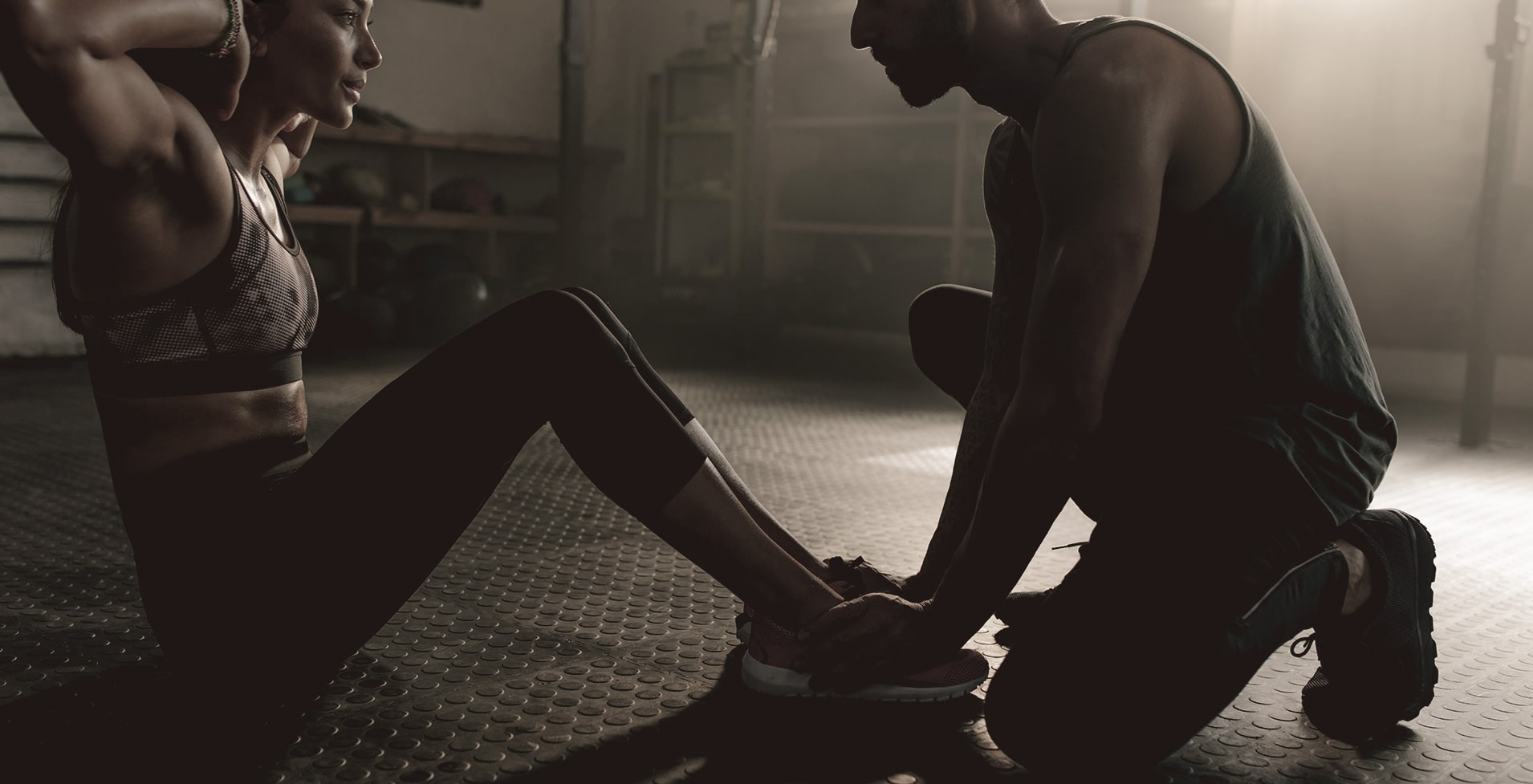When you switch out road runs for trail runs, you add elevation and other natural elements that challenge you in different ways. The body interprets these changes in terrain as an overload training stimulus. But, is this change enough to build muscle?
Initially, the answer is yes. When you run on rugged terrain, you engage several muscles to stay balanced, move forward, and tackle all the obstacles that come with running on trail, including the steep inclines and downhill sections.
In this article, we’ll talk about muscle building through trail running and how you can supplement your trail running routine with strength training to ensure proper form, injury prevention, and continued muscle growth.
Table of Contents
Trail Running & Muscle Gains
Running through the forest or up a mountain is far more difficult than running on the same flat road. You have to use many muscle groups, including your toes, feet, ankles, calves, glutes, quads, hamstrings, and core (and all their supporting ligaments and tendons). All these groups work together to maintain balance, propel yourself up an incline, and handle impact from jumps and downhill sections and twists encountered along your route.
As you incorporate more and more difficult trail runs into your training schedule, you will begin to notice more defined and sculpted muscles. The glutes (butt) will become tighter and more muscular, and your calves and quads will become more outlined. Your balance will improve due to improvement in your body’s core architecture.
As your body naturally adapts to this training load, adding more difficult running routes is required to stimulate muscular adaptation.
Bonus: Increase Cardiovascular Endurance
Your heart will also see benefits as trail runs are a more intense cardiovascular experience, which burns more calories. Once you tackle your first hill and faster pace, your heart feels challenged, which shows up as an elevated heart rate and respiratory rate. Adding trails to your workout plan allows you to become a more powerful runner on all surfaces.
Supplement Your Trail Runs With Strength Training
Once you have tapped out on your difficulty level for running routes, you need to add strength training to stimulate muscle growth. There will be a need for a progressive overload — the muscles need to work harder for growth once you plateau.
Resistance training should overload your muscles to promote muscle protein synthesis (larger muscles), as well as develop power and strength components of the muscle.
Strength Training Exercises for Runners
Strength training, as a runner, should mimic the movement and demands of running. Running is a unilateral exercise, which means that your two legs are moving independently and supporting your body one at a time. You, therefore, want to strengthen your training with that focus.
- Exercises that keep one leg elevated and the other on the ground develop muscular strength, balance, and stability throughout the body. Some great single-leg exercises include lunges, step-ups, and single-leg deadlifts.
- Multi-joint movements, like squats and deadlifts, with both feet on the ground, are also beneficial for strengthening the muscles involved in running. You can lift more weight without your balance being challenged as much. This will help develop the strength and power aspect of the muscles for running.
- Plyometric training, or jump training, can also be incorporated. Plyometric training is a great way to increase power, muscular endurance and explosive strength. These exercises can have a considerable impact on your body’s elasticity and your athletic performance.
Balancing your running with strength training will keep your running technique strong as the kilometres add up. Crosstraining can help prevent overuse injuries commonly seen in running. It will aid in making you a faster, more powerful runner with improvements in time trial races and allow you to set personal bests. Find a resistance training routine from an experienced personal trainer that complements your running goals, current fitness level, and comfort level in a weight room.

A Breath of Fresh Air
Running on trails can also be a breath of fresh air, literally. It allows you to spiritually connect with nature and forget about the stressors of everyday life (job, family, school, etc.).
Your mood and well-being improve as you connect with the outdoors, which helps with sleep, healing, and personal connection. Who doesn’t want an exercise routine that makes you feel better just by going outside and listening to birds sing and the wind blowing?
Enjoy your time on the trails with improved fitness, a stronger, leaner, more efficient running body, and a psychological mind boost by exploring the great outdoors.
What Did We Learn?
If you’re a runner interested in building, you can start trail running on terrain that challenges your body and stimulates muscle growth. However, you may hit a plateau, so we recommend supplementing your trail running program with strength and resistance training.
Our trainers at EverFlex have specialized experience working with long-distance and trail runners. We’re here to help you achieve your fitness goals — get in touch with one of our personal trainers today!














